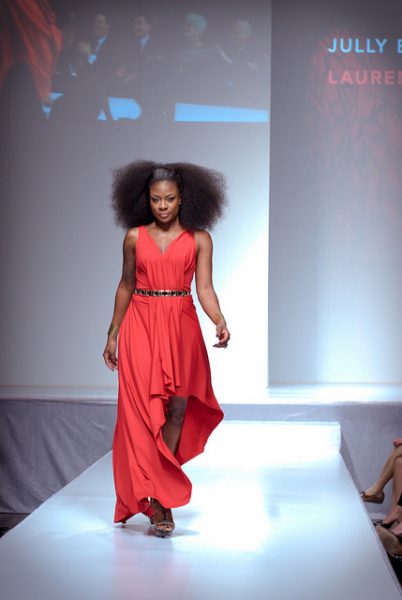
Fashion month has come to a close. Actors graced the Academy Awards red carpet with glamorous gowns and haute couture. Clicking through fashion websites, blogs, and Instagram or flipping through the glossy pages of Vogue, Harper’s Bazaar, and other more traditional print materials has long been a pastime for consumers of fashion and clothing. While some argue that the study of clothing and couture merits little scholarly attention, others view fashion as a valuable case for understanding everyday aspects of social life like personal identity, consumption, and social distinction and exclusion.
Peers, such as friends, family, and others in similar social locations, as well as fashion designers and brands act as reference points for choosing fashion items. When consumers purchase and use a blouse, handbag, or pair of shoes, those items take on social meaning and mark social distinctions. While people make choices in their fashion consumption, these decisions occur in relation to what others think and do. One might think that the top fashion houses are the ones who create what’s “in” or “out,” but consuming fashion does not occur in such a simple top-down way.
- Patrik Aspers and Frederic Godart. 2013. “Sociology of Fashion: Order and Change.” Annual Review of Sociology 39: 171-192.
- Diana Crane. 2000. Fashion and Its Social Agendas: Class, Gender, and Identity in Clothing. Chicago: University of Chicago Press.
- Yuniya Kawamura. 2005. Fashion-ology: An Introduction to Fashion Studies. New York: Berg Publishers.
Choosing clothing is not necessarily about fitting in with what Louis Vuitton or Givenchy calls fashion, but rather a way to communicate specific meanings to the people in one’s peer groups. Particularly with the rise of the Internet as a way for consumers and producers to communicate about fashion, trends are difficult to predict. In other words, social actors — whether in haute couture houses or specific consumer subcultures — can influence fashion trends, but they cannot dictate what becomes popular.
- Yuniya Kawamura. 2006. “Japanese Teens as Producers of Street Fashion.” Current Sociology 54(5): 784-801.
- Malcolm Barnard. 1996. Fashion as Communication. New York: Routledge.
- Victor P. Corona and Frederic Godart 2010. “Network-Domains in Combat and Fashion Organizations.” Organizations 17(2): 283-304.
Sociology of fashion extends beyond consumers of couture to the designers of dresses and producers of posh. Creating fashion products for mass consumption typically involves constant negotiation among social actors all over the world, not just a few designers and assistants sewing beautiful one-of-a-kind garments in a studio — after all, most pieces are intended for more than one person to wear. Company CEOs and head designers make decisions about how many collections they plan to produce, the overall vibe of the products, which suppliers will provide the materials, and which factories will sew the products. The leathers, lace, fabric, and buckles may come from places as far flung from each other as Italy, India, Brazil, and Thailand. Designers constantly communicate with suppliers and manufacturers in person and via phone and email to make decisions about fabrics, buckles, heel height, and other details. Much like an essay, an “it” bag in its final form has likely undergone numerous revisions before gracing the arms of fashionable women on Instagram.
- Claudio E. Benzecry. 2015. “All Together Now: Producing Fashion at the Global Level.” Pp. 49-71 in Getting Culture. New York: W.W. Norton.
- Pietra Rivoli. 2009. The Travels of a T-Shirt in the Global Economy: An Economist Examines the Markets, Power, and Politics of World Trade. 2nd ed. Hoboken, NJ: Wiley.
- Patrik Aspers. 2010. Orderly Fashion: A Sociology of Markets. Princeton, NJ: Princeton University Press.

Comments